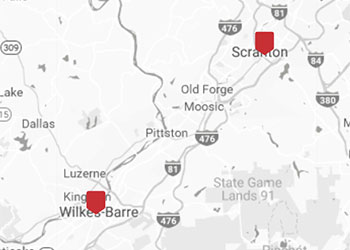Infrastructure
The Infrastructure section of this report contains data that identifies patterns and trends pertaining to transportation infrastructure, motor vehicles, home heating fuels, energy prices, and home internet access.
Understanding the public’s means of transportation reveals insight into a region’s environmental impact and employment dynamics. Similar to those in the rest of the state, most workers in the region commute to work by driving alone. The proportion of commuters using alternative modes of transportation has fluctuated slightly, but it has not changed significantly between 2000 and 2023. Data from 2023 has pointed to growing shares of workers telecommuting.
The transportation changes seen during the pandemic also extend to traffic counts. Increasing trends in traffic volume were observed before the pandemic. The daily vehicle miles traveled on major highways have been steady over the past several years, but traffic volumes are still lower than pre-pandemic levels.
The number of motor vehicle registrations is also an indicator of traffic trends. More vehicles registered typically means more vehicle miles traveled, which can result in traffic congestion. Vehicle registrations can also indicate economic activity. Lackawanna, Luzerne, and Wayne counties saw slight decreases in passenger vehicle registrations between 2022 and 2023. Among the years analyzed, the three-county region saw the greatest number of passenger vehicle registrations in 2010.
In 2020, there were notable declines in heating oil and propane costs and a smaller drop in electricity costs, all coinciding with the COVID-19 pandemic. Each of these fuel sources rebounded in 2021 and 2022, and the majority reached the highest price levels in several years before seeing some decreases in 2024 (except for electricity). Natural gas continued to have the lowest cost per million BTU of all energy sources analyzed, and it has remained the most-used home heating fuel over the past decade, though electricity has grown in prominence.
Broadband access remained critical to each county’s economic growth. In addition to its importance in education, health care, and social services, widespread access to the newest and most essential technologies makes any location more attractive to establish a business. The three-county region enjoys access to wireless technology and other broadband services, but it is not always equitable, affordable, or available at speeds that support work, education, or telehealth. The rural areas in our region are still underserved, limiting their growth potential. The share of households with internet access has continued to grow. Smartphone adoption has also been widespread, with access to smartphones nearing the same levels as home internet subscriptions.
View Indicators Map

